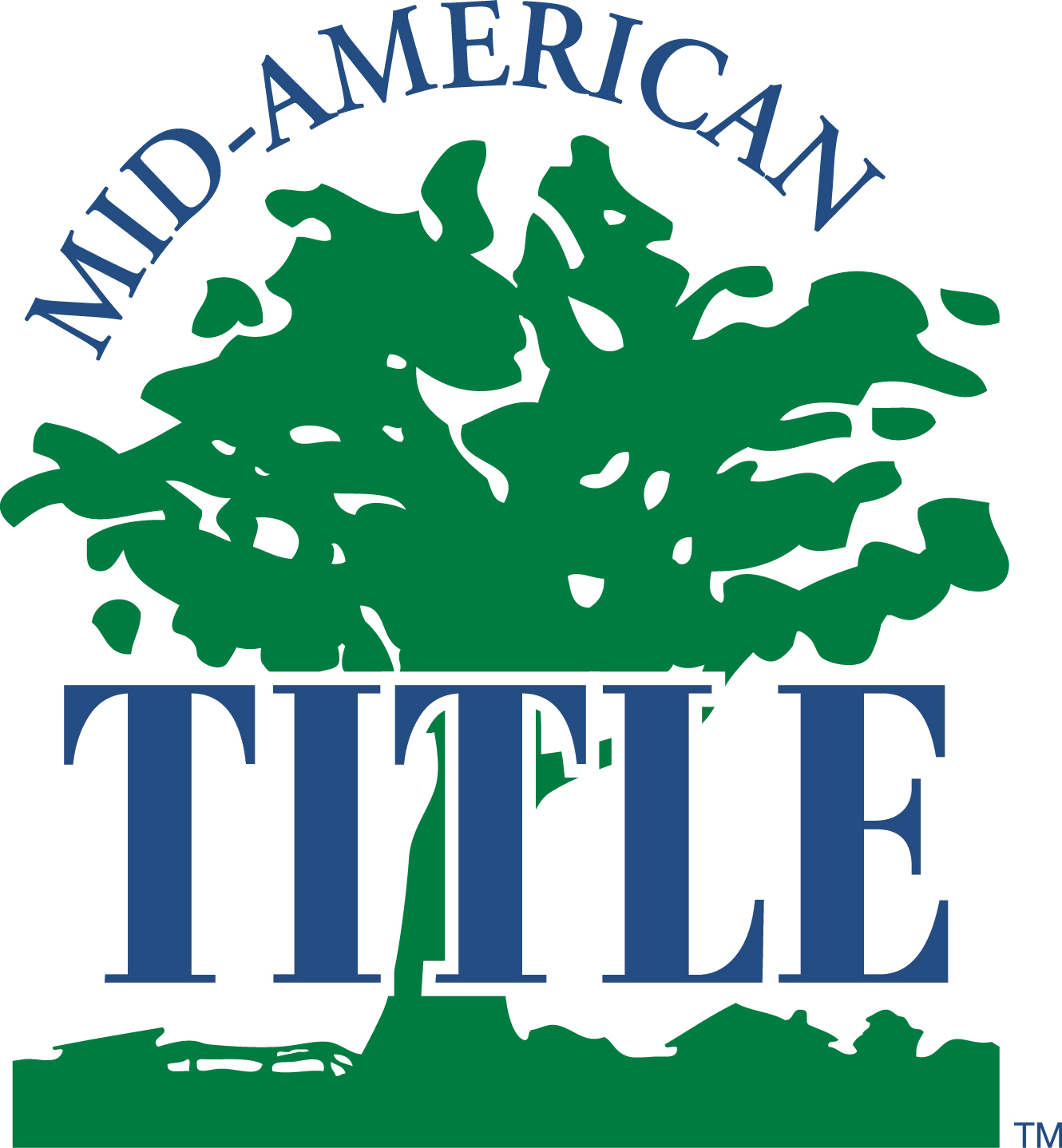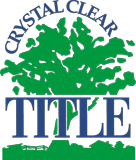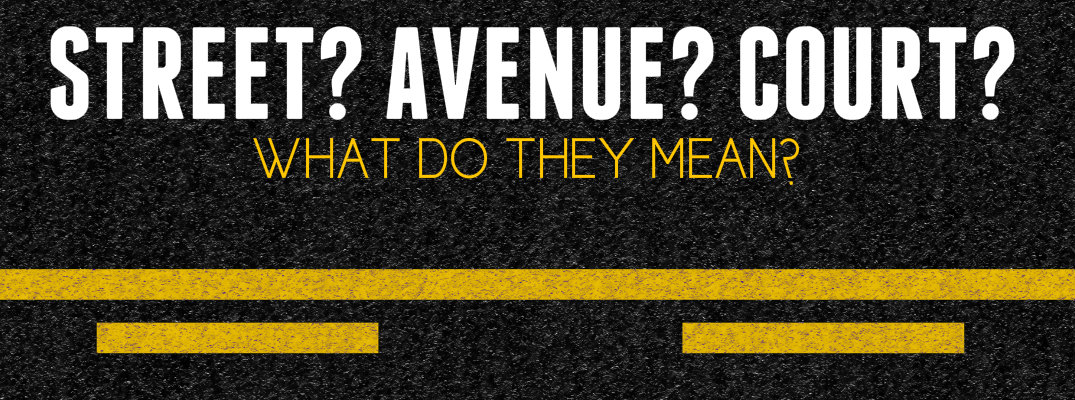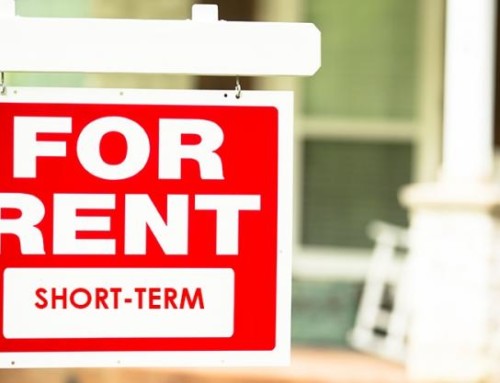Street? Avenue? Court? What do they all mean?
If you’ve ever wondered why some roads are called “streets,” while others are known as “drive” or “avenues,” it turns out there’s actually some meaning behind those names.
- Road (Rd.): Can be anything that connects two points. The most basic of the naming conventions.
- Way: A small side street off a road.
- Street (St.): A public way that has buildings on both sides of it. They run perpendicular to avenues.
- Avenue (Ave.): Also a public way that has buildings or trees on either side of it. They run perpendicular to streets.
- Boulevard (Blvd.): A very wide city street that has trees and vegetation on both sides of it. There’s also usually a median in the middle of boulevards.
- Lane (Ln.): A narrow road often found in a rural area. Basically, the opposite of a boulevard.
- Drive (Dr.): A long, winding road that has its route shaped by its environment, like a nearby lake or mountain.
- Terrace (Ter.): A street that follows the top of a slope.
- Place (Pl.): A road or street that has no throughway—or leads to a dead end.
- Court (Ct.): A road or street that ends in a circle or loop.
Of course, these are more guidelines than hard-and-fast rules, and not every city in the world follows these naming conventions exactly. Also, they tend not to be as strict with these in suburbs and newer areas: sometimes a street is called a “lane” simply because an urban planner or developer might think it sounds nice.







